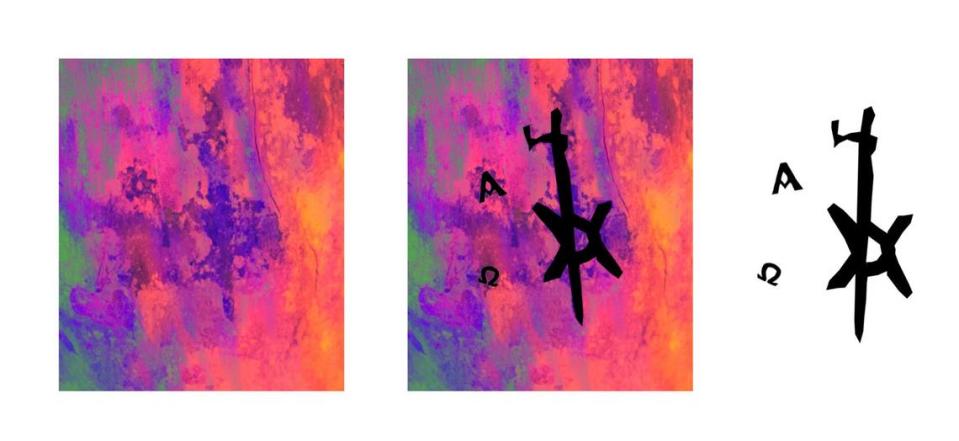Rare Christian tattoo found on the foot of 1,300-year-old body in Sudan, experts say
While studying a medieval cemetery in Sudan, experts found several Christian symbols tattooed on the foot of a 1,300-year-old body. The rare tattoo has prompted many questions.
“It was quite a surprise to all of a sudden see what appeared to be a tattoo,” Kari Guilbault, a bioarchaeologist, said in an Oct. 18 news release from the Polish Centre of Mediterranean Archaeology at the University of Warsaw.
Guilbault was studying the remains of a middle-aged man who lived in Nubia, modern-day Sudan, around 667 to 774 A.D., she told McClatchy News in an email. During this time, “Christianity was widespread in Nubia.”
When he died, the tattooed man was “wrapped in a shroud” and “buried in a stone-box grave” near Ghazali, a medieval monastery complex, Guilbault said. The location of his burial indicates he was likely part of the monastery’s local community.
Archaeologists excavated the well-preserved ruins of Ghazali and its four surrounding cemeteries between 2012 and 2018, the release said.
They uncovered more than 2,000 burials, according to the Polish Centre of Mediterranean Archaeology’s website.
Guilbault, along with bioarchaeologist Robert Stark, was analyzing some of those remains when she noticed the tattooed foot, according to the release.
“At first, I was not certain, but when the images were processed and the tattoo was clearly visible, any initial uncertainties were removed,” Guilbault said.

The tattoo has two parts: a Christogram and a pair of Greek letters, experts said in the release.
The Christogram “is a religious symbol combining the Greek letters ‘chi’ (X) and ‘rho’ (P) to form a monogram abbreviation for the name of Christ,” per the release. This design forms the center of the tattoo, photos show.
The additional Greek letters are to the left of the Christogram, photos show. Experts identified these as “‘alpha’ (A) and ‘omega,’ (Ω) the first and the last letter of the Greek alphabet, (which) stand for the Christian belief that god is the beginning and the end of everything.”
This is “only the second time” researchers have found evidence of tattooing in medieval Nubia, the release said. The find prompts questions about “the practice of tattooing and signs of faith in medieval Nubia.”
The Ghazali monastery functioned from the seventh to 13th century, according to the center’s website. It had two churches, a dining room, kitchen, oil press, mill with silos, dormitories and bathrooms. At its peak, the monastery could host about 70 monks, the center said.
Ghazali is located about 280 miles north of Khartoum.
Ancient faces — with eerie expressions — reemerge in Amazon River’s historic drought
Massive 500-year-old serpent sculpture is revealed when earthquake shakes Mexico City
Sword poking up from soil leads to discovery of 1,000-year-old Crusader cemetery

